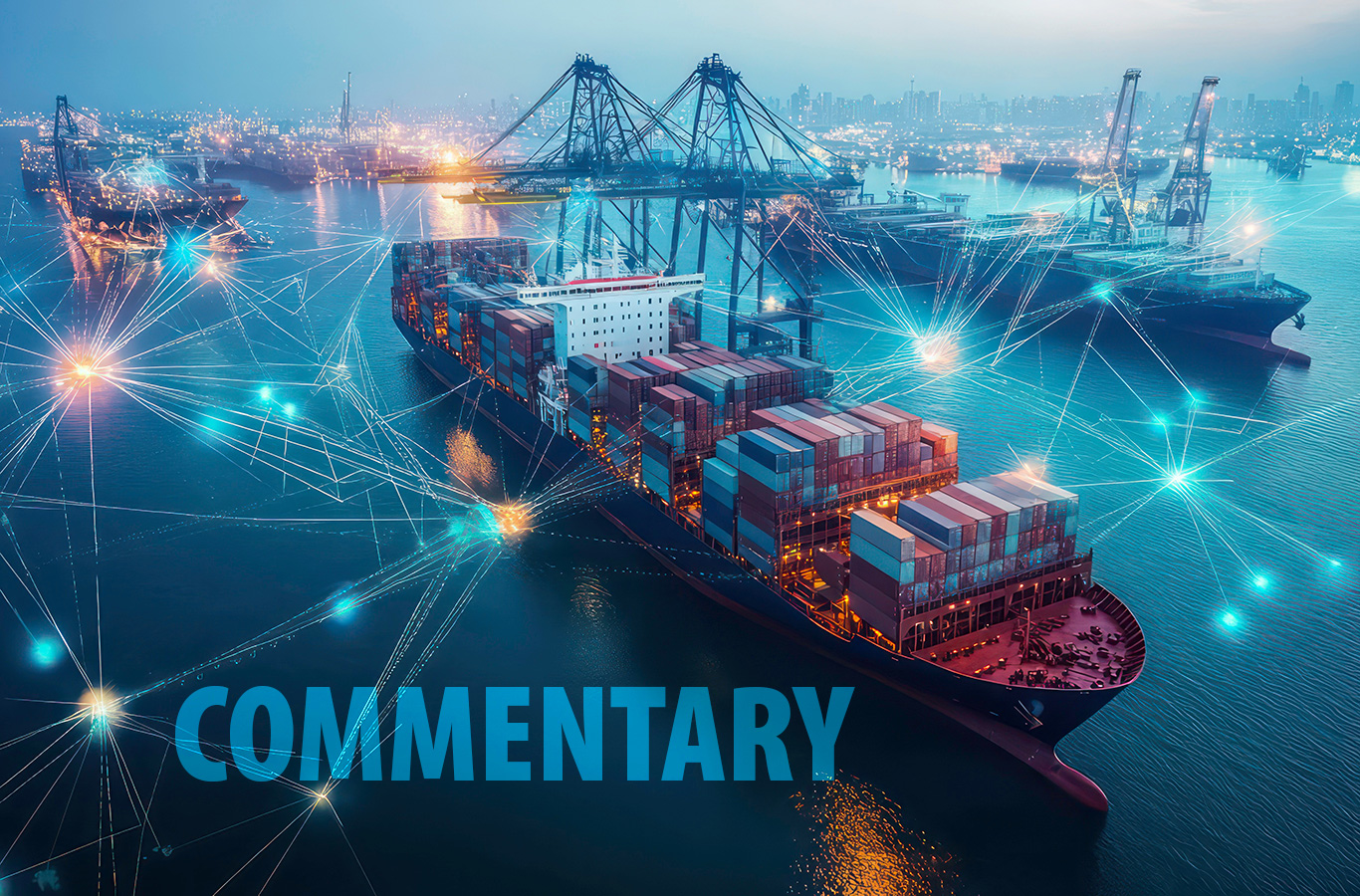



Aluminium aerosol cans continue to play a central role in high-performance, sustainable packaging worldwide. As the market evolves, producers face a complex landscape shaped by shifting consumer behaviour, regulatory requirements, and global economic pressures. While demand in some regions remains stable, cautious consumer spending and rising production costs, particularly for energy and logistics, are challenging European manufacturers.
Trade policies and tariffs are an additional factor influencing the global aluminium aerosol market. Unpredictable tariffs on aluminium products in key markets can create volatility, favouring local producers in some regions while limiting the ability of exporters to meet demand. These trade measures affect pricing, supply chains, and competitiveness, making flexibility and strategic planning essential for manufacturers operating internationally.
Sustainability remains a key driver for the sector. Aluminium’s inherent recyclability is increasingly valued by both brand owners and consumers, prompting the industry to strengthen circular practices and improve collection and recycling systems. At the same time, regulatory frameworks, including chemical safety, product sustainability, and supply chain due diligence, continue to influence operational decisions and market access, making proactive compliance essential for global competitiveness.
Innovation and process optimization remain central to meeting these challenges. Manufacturers are investing in advanced coating technologies, lightweighting, and improved valve and filling systems to maintain product integrity while reducing material use. This not only addresses regulatory and environmental demands but also helps brands differentiate in an increasingly competitive market.
Despite economic and regulatory pressures, aluminium aerosol cans are well-positioned to serve growing markets, particularly where sustainability, performance, and convenience remain decisive factors for consumers. Producers that combine operational agility, technological innovation, and a strong focus on circularity will continue to thrive. AEROBAL remains committed to supporting its members, providing insight, advocacy, and guidance to navigate these evolving trends and ensure the sector’s continued growth and resilience on a global scale.